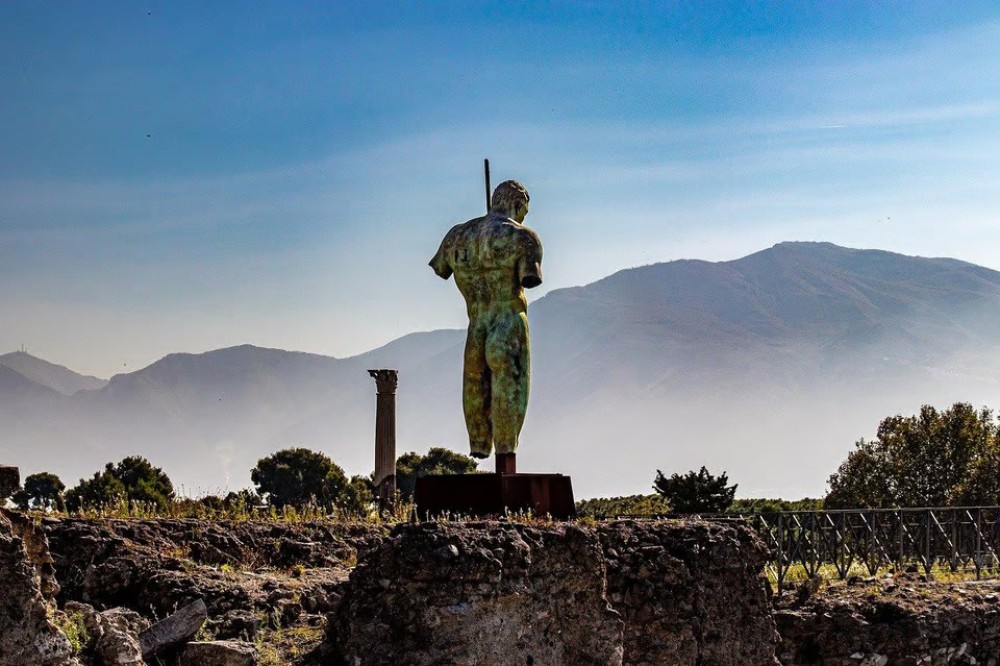- Italy
- Things to do in Pompeii
- Stabian Baths
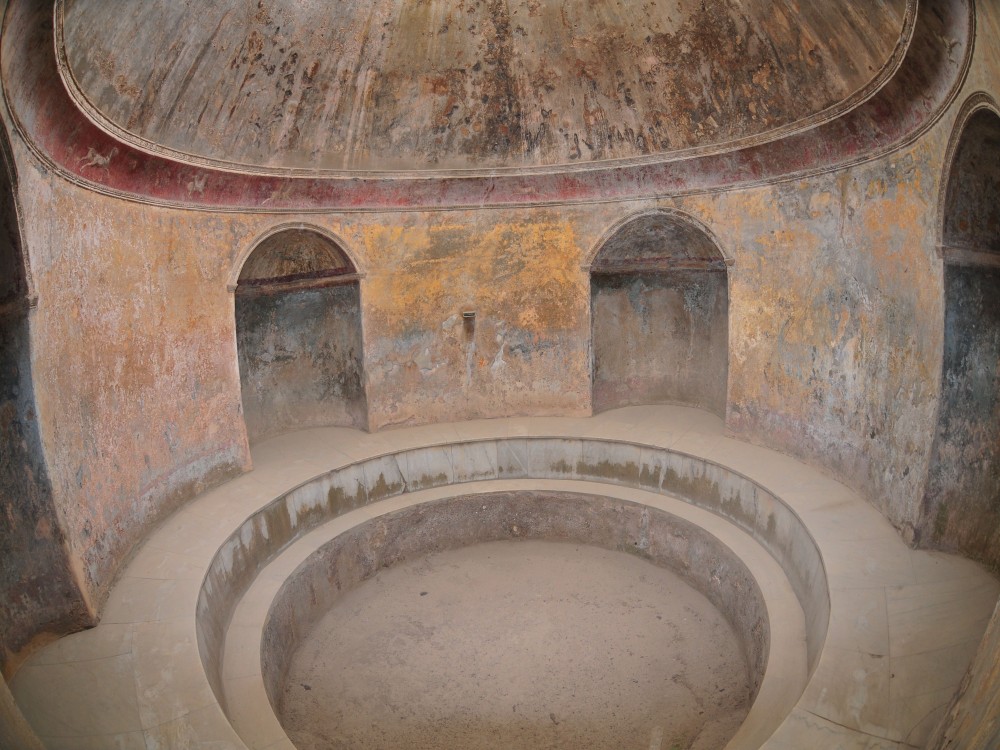
Stabian Baths
The Stabian Baths (Terme Stabiane) in Pompeii are one of the most remarkable examples of Roman public baths, providing visitors with a detailed look at the bathing and social customs of the ancient world. Located near the Porta Stabia entrance to Pompeii, the Stabian Baths are among the oldest and best-preserved baths in the city. Dating back to the 2nd century BC, these baths were a central part of Roman life, serving as a place for relaxation, socializing, and personal hygiene. The site consists of both male and female bathing areas, showcasing the grandeur and architectural sophistication of Roman public baths.
Stabian Baths Tours & Excursions
Pompeii: 2 Hours Skip the Line Visit with a Licensed Guide
€49.00
per person
The Basics
The Stabian Baths are divided into two main sections: one for men and one for women. The male section, which is larger, features a caldarium (hot room), tepidarium (warm room), and frigidarium (cold room), while the female section is slightly smaller but follows the same design. The complex is known for its excellent preservation, with original marble floors, frescoes, and intricate mosaics still visible today. A significant feature of the Stabian Baths is the heating system, known as the hypocaust, which heated the floors and walls of the baths via an underfloor furnace. The baths also include a palaestra (exercise yard), where visitors could engage in sports before bathing, as well as a laconium (sweat room) for additional relaxation.
Things to Know Before You Go
The Stabian Baths are located within the Pompeii Archaeological Park and are easily accessible from the Porta Stabia entrance. As with all Pompeii ruins, it’s important to wear comfortable shoes due to the uneven, cobbled terrain, and bring sun protection, especially in the warmer months. The baths are a popular attraction, so visiting early in the day can help avoid larger crowds. While exploring, take time to admire the fine details, such as the marble and mosaic flooring, as well as the layout of the hypocaust system that powered the baths’ heating. You can enhance your visit with an audio guide or a guided tour to gain a deeper understanding of Roman bathing culture.
How to Get There
The Stabian Baths are located within the Pompeii Archaeological Park, just a short walk from the Porta Stabia entrance, which is one of the main access points to the site. If you're traveling from Naples or Sorrento, take the Circumvesuviana train to Pompeii Scavi – Villa dei Misteri station. From there, the entrance to the park is a short walk. Once inside, the Stabian Baths are located near the Forum area. If you’re on a guided tour, the entrance and access will be taken care of, with the guide providing in-depth information about the history and function of the baths.
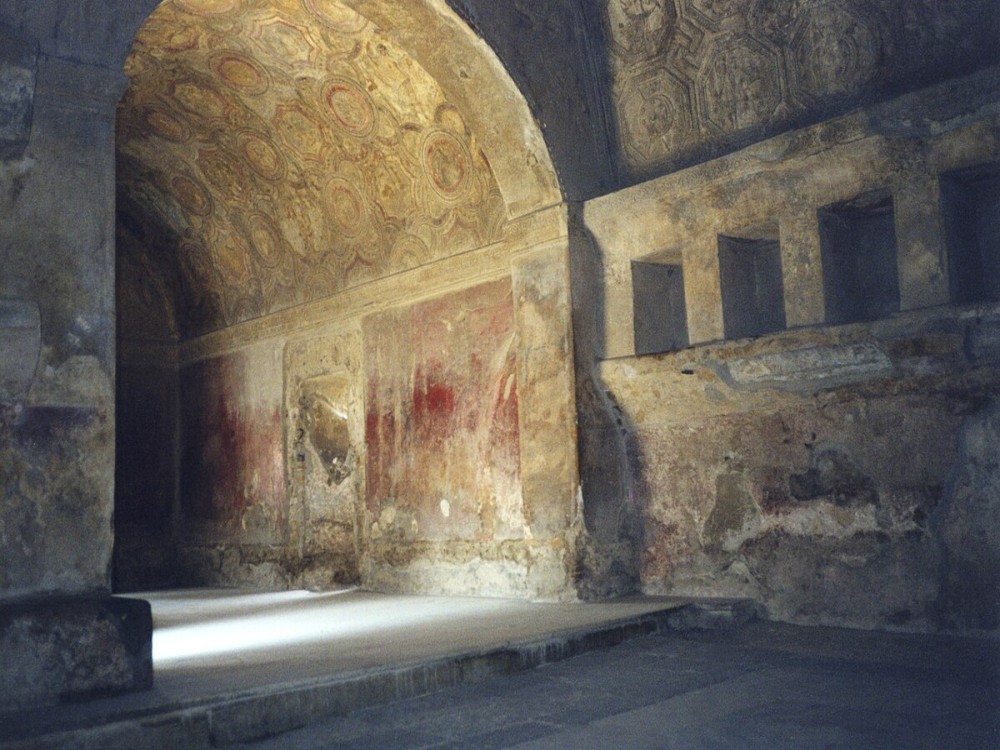
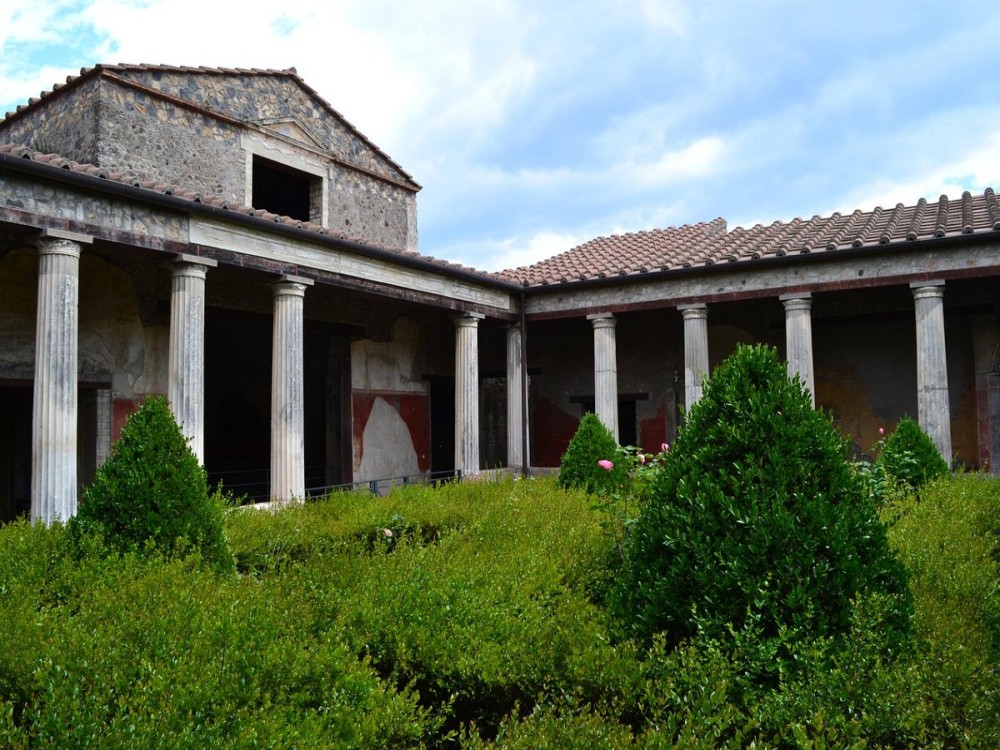
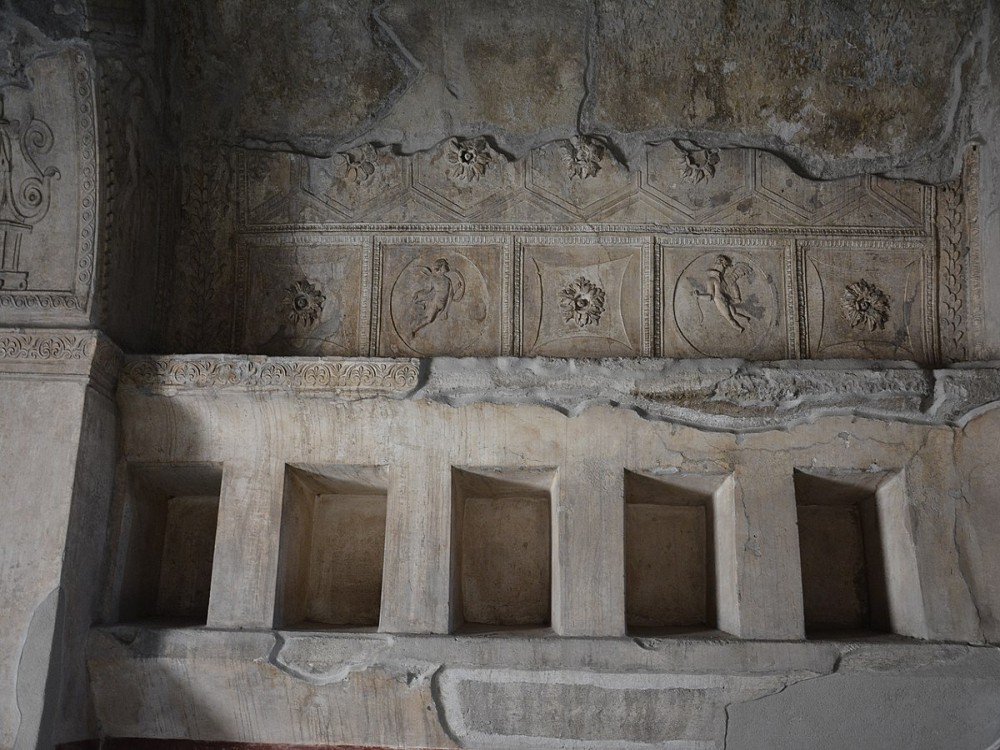

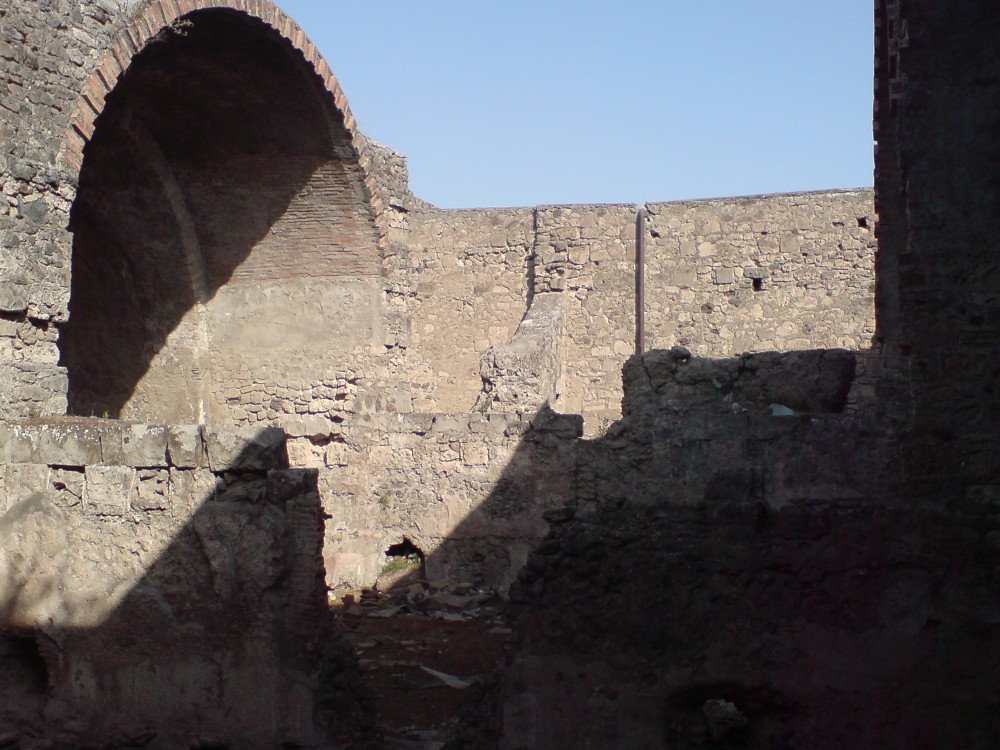

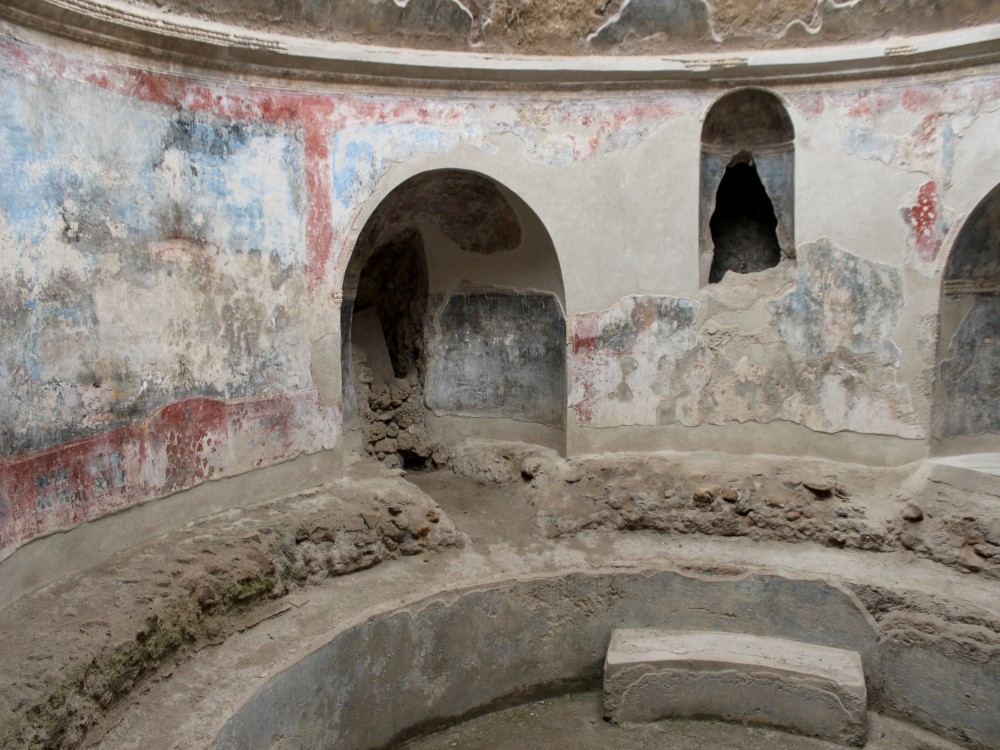
When to Get There
The best time to visit the Stabian Baths is during the spring (April–June) and autumn (September–October), when the weather is pleasant and the crowds are smaller. Summer months can be very hot, especially in Pompeii, so it’s recommended to visit early in the morning or later in the afternoon. While the Stabian Baths are one of the quieter attractions within the ruins, it’s still a good idea to avoid peak midday hours to fully enjoy the site. Winter offers fewer crowds, though some areas of the site might be less accessible due to weather conditions.
Day Trips from Pompeii
The Stabian Baths make a fantastic stop during a full day of exploration in Pompeii Archaeological Park. After visiting the baths, explore other significant sites in Pompeii, such as the House of the Faun, the Great Theatre, and the Temple of Apollo. For those interested in more ancient Roman history, consider a trip to nearby Herculaneum, which offers another glimpse into life in a Roman town destroyed by the eruption of Mount Vesuvius. Additionally, if you're up for a nature adventure, you can take a half-day trip to Mount Vesuvius to hike up to the crater and enjoy panoramic views of the surrounding area.
Copyright © 2025 All Rights Reserved



